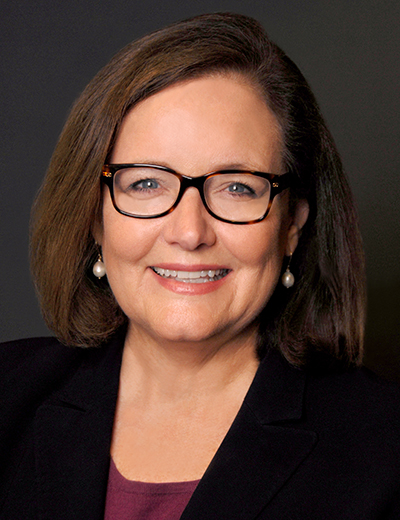In addition to being a full-service academic medical facility and teaching hospital, Boston Medical Center is also the largest safety-net hospital in New England, treating a high number of low-income patients.
Because of the medical center's patient mix, for many years the hospital had received supplemental payments from the state and federal government. However, this funding began to shrink and eventually disappeared under Massachusetts' 2006 healthcare reform law. And much like hospitals and health systems across the country today, BMC‘s inpatient volumes were trending downward. Meanwhile, private payer revenue, already lagging the market, shrunk even further, creating additional financial pressure..
In 2010, the medical center reported an operating loss of $34 million. That same year, the medical center launched a data analytics program to better track how resources were allocated to help slow the revenue freefall.
BMC contracted with FTI Consulting to develop an analytics framework that allowed the medical center to look at each aspect of the hospital's operations and benchmark BMC's performance against standardized best practices, says Kathleen Walsh, president and CEO of BMC. "That form of rigorous analysis worked well in our academic medical center culture and allowed us to create a model that was sustainable," she says.
The data analytics program helped BMC improve staffing and resource allocations, which ultimately improved patient care while keeping costs down, leading to a significant turnaround for BMC: Two years after the launch of the data analytics program, the hospital had an operating profit of $2.5 million.
Data analytics allowed BMC to not only adapt the new reality the hospital faced following the decrease in government funding, but thrive in it. The hospital now had the actionable information necessary to provide the best care possible and "be part of the solution" of the state's healthcare reform efforts, says Ms. Walsh. "It couldn't be, 'Pay us because we care for low-income people' anymore," she says. "We had to be able to say, 'Pay us because we care for low-income people better, and it costs less.'"
The data analytics program was met with some initial pushback from physicians, and staff worried operational efficiency would become the medical center's main focus. "We take care of everyone," says Ms. Walsh, "and there was some concern this new program would subvert that mission, that we were abandoning it in search of profit."
Concerns of compromised patient care were quickly allayed, however, when stakeholders, especially physicians, saw the benefits of having actionable, performance-improving information readily available. "They understood why we were really doing this — to both enhance our mission and sustain it," says Ms. Walsh.
Ms. Walsh says the analytics program also improved communication throughout the different hospital departments, and in the C-suite. "It gave us a common language to communicate in," she says. When decisions like altering physician staffing arose, both operations and clinical leadership could look at the same data to come to an evidence-based decision, rather than arguing sides."
BMC, a unionized hospital, also engaged labor early in the process. "The union came to the table with ways to improve performance and with ideas on how to save the hospital," says Ms. Walsh, allowing hospital and labor leaders to work together with the new data-based evidence to develop fair strategies for maximizing hospital efficiency. "I'd definitely recommend bringing labor in early," she says.
Many hospitals that choose to begin a similar program may opt to partner with an outside firm to develop and launch the program, says Ms. Walsh. However, looking back on BMC's experiences, she would advise other hospital leaders to ensure the program is the hospital's, not the consultant's. "I think at first we did what a lot of places do, we hid behind the firm a little bit, like it was a shadow government," says Ms. Walsh. "But if you're going to undertake an exercise like this, you need to own it."
Taking ownership of the project helps a hospital maintain the program and maintain the turnaround it can create at struggling hospitals like BMC, says Ms. Walsh. "The analytics alone aren't enough," she says. "It needs to be an effort spread throughout the organization, and you need to stick to it."
More Articles on Data Analytics:
IBM's Watson and the Future of Healthcare Data Analytics
Keeping Up With the Fortune 500: Big Data, Predictive Analytics and Healthcare's Next Big Challenge
5 Things to Know About the DELTA Powered Analytics Maturity Model
